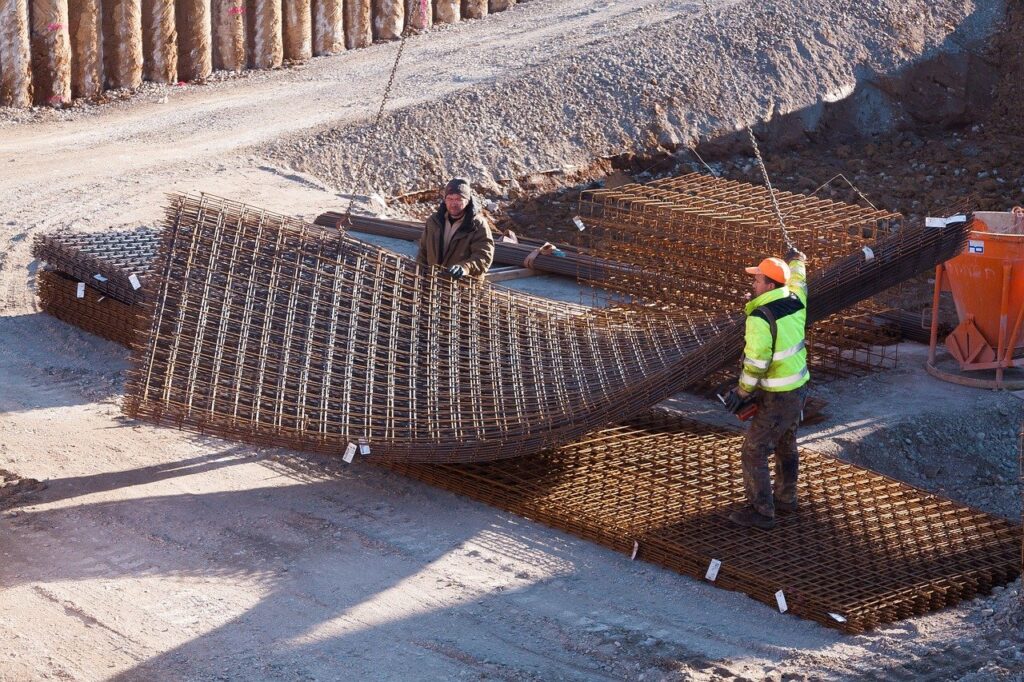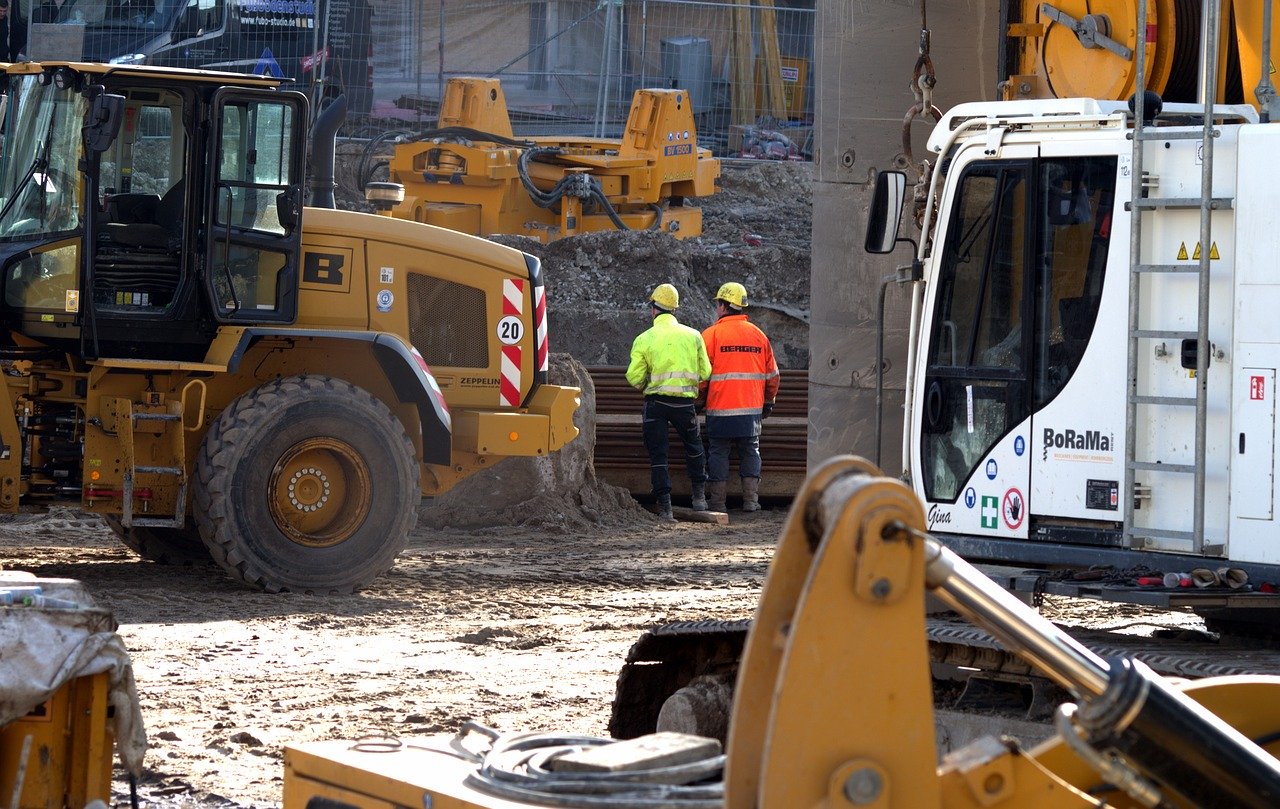Are you using MS Project or Excel to stay on top of your schedule? Many project managers and site foremen, like you, choose to rely on these tools to manage their programme.
And this is where the problems begin. You plan your project in MS Project and distribute it, but as soon as there is an obstacle, your schedule becomes obsolete causing stress and confusion because the information is coming to you late.
Free ebook: Why WhatsApp and Excel aren’t enough for running complex construction projects
Why would I want to use something else?
So, you have no way to share the programme with the rest of your team leaving them with no visibility of what is happening on site. Pretty much like going for a road trip in the ’80s using a paper-based map. On the first wrong turn, guessing becomes the only option.
But it should not be like that! When it comes to projects with repetition (e.g. hospitals, apartment blocks, roadwork), sharing your programme on the cloud with everyone involved is probably the most important step to finish faster and therefore cheaper.
This is what Matt Ghinn, Project Director at VolkerFitzpatrick, did. Communicating clearly what’s happening in the project to the rest of his team, the clients, and the subcontractors was a big part of his job. Despite the hard work he put, he couldn’t get the results he wanted, as he had to continuously extract information from multiple sources such as MS Project, Excel, emails, text messages, etc.
Read more: Residential projects – 5 mistakes project managers don’t know they are making
As a result, he ended up feeling overwhelmed from all the disconnected updates that were coming his way. This is when he decided that it was time to replace MS Project and the rest of his tools (i.e. WhatsApp & Excel) with a construction-specific digital tool that allowed him to gather all project communication in a single source of truth.
“We’re not phoning out, we are not using WhatsApp groups, we’re not sending emails. The programme is just live, it’s there and all data from the site is captured,” explains Matt.
And he adds:
“We often had subcontractors arriving on site and not getting any work done because the previous tasks haven’t been completed. Now, we have full visibility of project progress. So if there is going to be a delay, we let them know a week beforehand.”
Hearing this story, you already understand why MS Project isn’t made for construction teams and project communication:
- It’s a desktop solution that you can’t take with you on the site.
- It’s admin-heavy and error prone (especially when used on multiple projects).
- There is no audit trail that reinforces the culture of blame.
- It supports a siloed way of working (lack of file sharing or collaboration in general).
- It makes it difficult for Project Managers to track changes and/or problems.
- There is no easy way to report progress.
If you want to hear more about the benefits that Matt was able to experience after replacing MS Project, download our free ebook here!




